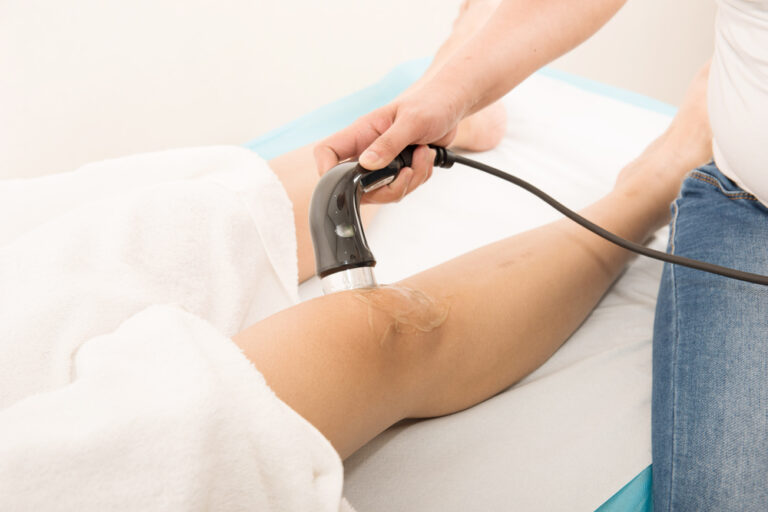THERAPEUTIC EXERCISES A Non-invasive Way to Gain Strength and Regain Health When you sustain an injury that leads to chronic problems with range of motion or strength, it’s easy to resign yourself to living with a loss of movement or ability. However, that doesn’t have to be the case for you. Therapeutic exercises are one …...
BENEFITS OF SPINAL DECOMPRESSION A large percentage of individuals will experience some type of back pain at some point in their lives. If you are going through the same thing, you do not need to despair. On any given day, according to published research, up to 30 percent of individuals in the U.S. live with … Benefits Of Spinal...
HOW CHIROPRACTIC ADJUSTMENTS BENEFIT OVERALL HEALTH Chiropractic adjustments form an integral part of chiropractic care and are one of the most effective ways of realigning your musculoskeletal system. A chiropractic adjustment is a procedure in which a trained professional will use their hands or special instruments to apply controlled, sudden...
CONDITIONS THAT ELECTRIC STIMULATION CAN TREAT The human body is delicate and the idea of using electricity on your body may sound painful. Electric stimulation is not as scary as it sounds. It is a treatment that uses the body’s natural painkillers to soothe the pain. The treatment is a type of physical therapy that … Conditions That...
REASONS FOR THERAPEUTIC EXERCISES According to the American Journal of Physical Medicine & Rehabilitation, musculoskeletal pain impacts the quality of life. Chiropractor report that their patients usually complain about low-back pain and neck pain. To treat these types of pain, specialists use therapeutic exercises. These exercises are...
HOW X-RAYS HELP DETERMINE A CHIROPRACTIC TREATMENT PLAN X-rays are a valuable diagnostic tool in a lot of areas of healthcare including chiropractic care. Many health issues occur inside the body and aren’t visible to the naked eye. X-rays enable your healthcare provider to see inside your body in order to identify the problem and … How...
BENEFITS OF ULTRASOUND THERAPY You are probably most familiar with ultrasound being the technique used to detect pregnancy. However, in recent years, ultrasound has also begun to commonly be used therapeutically, particularly by chiropractors and practitioners offering alternatives to conventional medicine. Here’s what you need to know about...
CHIROPRACTIC CARE FOR SCIATICA Sciatica is a type of debilitating lower back pain that radiates to the hips and to the outer side of the leg. It usually affects the older population of the United States. Strong pain relievers can manage severe discomfort from sciatica. Yet, most patients prefer natural solutions such as chiropractic care. …...
HOW CHIROPRACTIC CARE CAN HELP WITH HEADACHES Do you often suffer from throbbing headaches, blurred vision, neck and eye pain, or nausea? Chiropractic care can help ease your suffering. There are different types of headaches, including cluster headaches, tension-type, migraines, and cervicogenic. Millions of people suffer from migraine headaches...
QUICK LINKS
Quick Links
HELPFUL ARTICLES
Services
General
Health
Conditions
- Chiropractic FAQ’s
- Common Myths About Chiropractic Care
- What to Expect at Your First Chiropractic Visit
- Choosing the Right Chiropractor for You
- Candidates for Chiropractic Care
- Methods of Chiropractic Care
- The Importance of Regular Chiropractic Visits
- Chiropractic Care – Overview
- Benefits of Chiropractic Care









